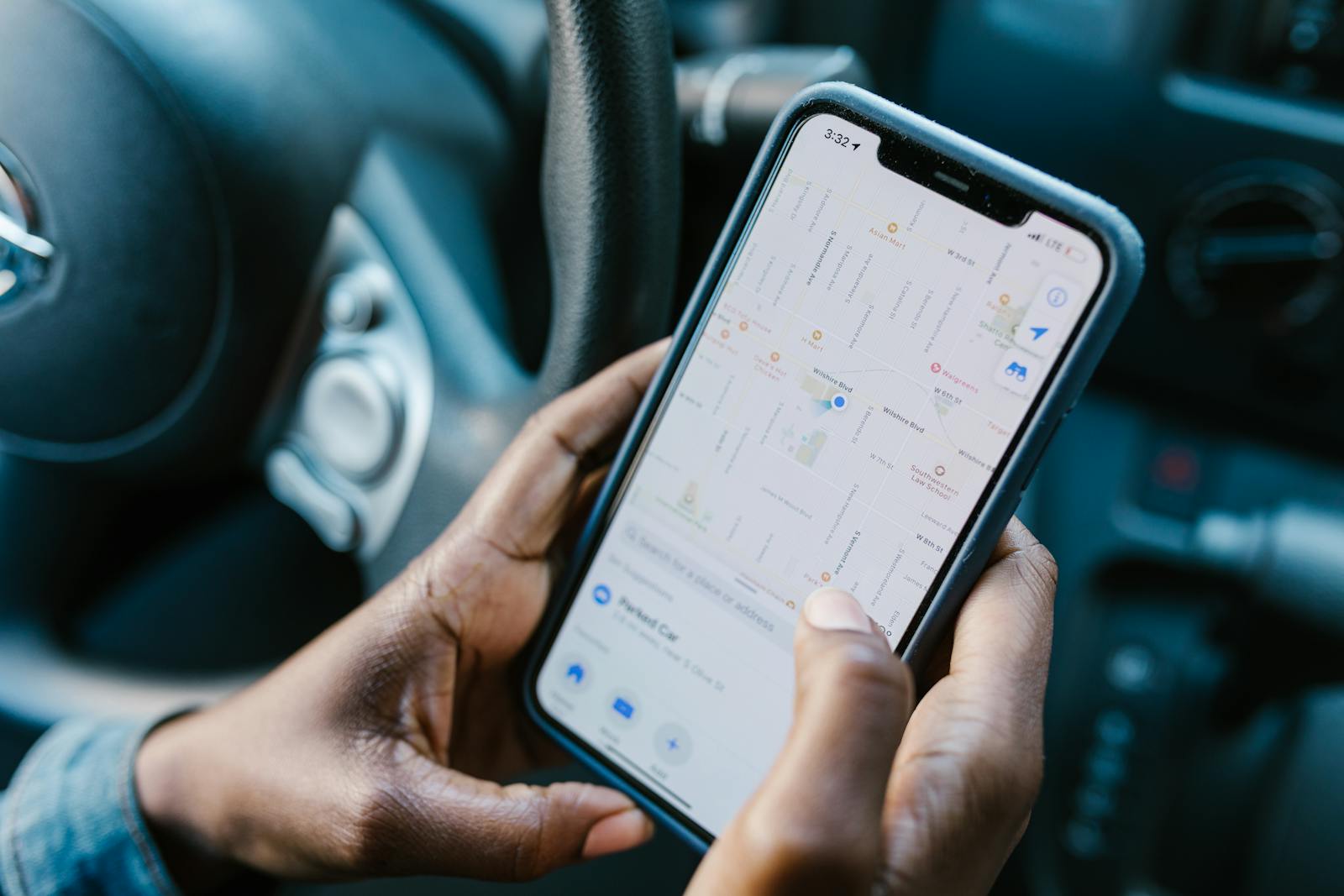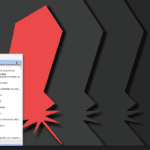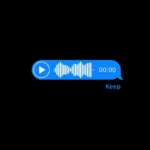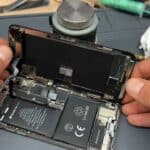It can be frustrating when your iPhone freezes and refuses to respond. But don’t worry, this is a common problem and there are a few things you can try to get it working again. Let’s walk through some troubleshooting steps to unfreeze your iPhone.
Troubleshooting a Frozen iPhone
1. Force Restart Your iPhone
A force restart is often the quickest and easiest way to fix a frozen iPhone. The process varies slightly depending on your iPhone model:
- iPhone 8 or later, including iPhone SE (2nd and 3rd generation):
- Press and quickly release the volume up button.
- Press and quickly release the volume down button.
- Press and hold the side button until the Apple logo appears.
- iPhone 7 or iPhone 7 Plus:
- Press and hold the side button and the volume down button at the same time.
- Keep holding the buttons until the Apple logo appears.
- iPhone 6s or earlier:
- Press and hold the Home button and the Sleep/Wake button at the same time.
- Keep holding the buttons until the Apple logo appears.
2. Charge Your iPhone
Sometimes a frozen iPhone is simply a result of a completely drained battery. Plug your iPhone into a charger and let it charge for at least an hour before attempting to turn it on again.
3. Connect to a Computer and Use Recovery Mode
If a force restart doesn’t work, you can try connecting your iPhone to a computer with iTunes (or Finder on macOS Catalina or later) and putting it into recovery mode. This allows you to restore your iPhone to its factory settings, which can often resolve software glitches causing the freeze.
Important: This will erase all data on your iPhone, so make sure you have a recent backup.
Here’s how to enter recovery mode:
- Connect your iPhone to your computer and open iTunes or Finder.
- Follow the force restart steps for your iPhone model (as described above).
- Don’t release the buttons when the Apple logo appears. Keep holding them until you see the recovery mode screen (a cable pointing to a computer icon).
- On your computer, you should see a message that your iPhone is in recovery mode and you have the option to Update or Restore. Choose Update first to see if it fixes the issue without erasing your data. If that doesn’t work, choose Restore.
4. Contact Apple Support
If none of the above steps work, it’s possible that there’s a hardware problem with your iPhone. In this case, your best bet is to contact Apple Support or visit an Apple Store for assistance.
Preventing Future Freezes
While occasional freezes can happen, there are some steps you can take to minimize their occurrence:
- Keep your iPhone software updated: Software updates often include bug fixes that can improve performance and stability.
- Manage storage space: If your iPhone is running low on storage, it can slow down and become more prone to freezing. Delete unnecessary apps and files to free up space.
- Avoid extreme temperatures: Exposing your iPhone to very hot or very cold temperatures can affect its performance and battery life.
- Be mindful of the apps you use: Some apps may be poorly designed or resource-intensive, which can lead to freezing. If you notice your iPhone freezes when using a particular app, try updating the app or deleting it.
By following these tips, you can help keep your iPhone running smoothly and avoid those frustrating freezes.
Understanding iPhone Storage
If you find yourself constantly running out of storage on your iPhone, it’s helpful to understand how your storage is being used. Here’s a breakdown of the common culprits and how to manage them:
- Apps: Apps, especially games and those with large media libraries, can take up a significant amount of space. Regularly review your apps and delete those you no longer use. You can also offload unused apps, which removes the app but keeps its documents and data, allowing you to easily reinstall it later.
- Photos and Videos: High-resolution photos and videos can quickly fill up your storage. Consider using iCloud Photos to store your photos and videos in the cloud, or transfer them to a computer or external hard drive.
- Music: If you have a large music library, consider streaming services like Apple Music or Spotify instead of storing all your music locally on your device.
- Messages: Text messages, especially those with attachments like photos and videos, can also consume a lot of storage over time. Review your message threads and delete old or unnecessary conversations. You can also adjust your message settings to automatically delete messages after a certain period.
- Other: This category includes files like documents, email attachments, and system data. Review these files and delete anything you no longer need.
By understanding how your storage is being used and taking steps to manage it effectively, you can help prevent performance issues and keep your iPhone running smoothly.
iPhone Freezing Issues
Unresponsive Device
Many iPhone SE 2022 users report their devices becoming unresponsive. The screen turns black, buttons don’t respond, and calls go straight to voicemail. This issue seems to affect SE 2nd and 3rd generation models.
Restart Attempts
Users try various restart methods. The standard force restart procedure involves pressing volume up, volume down, then holding the side button. This doesn’t always work for completely frozen devices.
Charging Solutions
Some users find success by letting the battery drain completely. After plugging in the dead device, it eventually turns on. This method takes patience but has resolved the issue for some.
Hard Reset Technique
A hard reset can sometimes revive the device:
- Press and release volume up
- Press and release volume down
- Hold the power button for about 12 seconds
Preventing Future Freezes
Some users perform regular hard resets as a preventative measure. While not guaranteed, this may help avoid freezing issues.
Computer Connection
Connecting the frozen iPhone to a computer can help. Listen for connection chimes as a sign the device is responding. Be cautious not to enter recovery mode accidentally.
Software vs. Hardware
The widespread nature of this issue suggests a possible software problem. However, hardware issues can’t be ruled out. The problem seems to have increased after iOS 16 updates.
Apple Store Visit
If repeated attempts fail, visiting an Apple Store is recommended. Technicians can diagnose whether it’s a software or hardware issue.
Voiceover Concerns
Some freezes may involve Voiceover issues. Users can try asking Siri questions to test audio output and adjust volume settings.
Screen Curtain Check
A black screen could indicate an activated screen curtain. Users can attempt a three-finger triple tap to toggle this setting.
Battery Health
Users report this issue even with 100% battery health, suggesting it’s not directly related to battery degradation.
Widespread Problem
Multiple users experiencing this issue indicates it’s not an isolated incident. Apple may need to address it in future updates.
Common Questions About Frozen iPhones
How to Unfreeze an iPhone That Won’t Turn Off or Reset
Press and hold the side button and either volume button simultaneously for about 10 seconds. Release when the Apple logo appears. If this fails, connect your iPhone to a charger for at least an hour before trying again. For older models, the button combinations may differ slightly.
Steps to Restart a Frozen iPhone
- Press and quickly release the volume up button
- Press and quickly release the volume down button
- Press and hold the side button
- Keep holding until the Apple logo shows up
This process forces a restart without erasing your data.
Causes of iPhone Freezing and Unresponsiveness
Software glitches often cause iPhones to freeze. These can stem from:
- Outdated iOS versions
- Problematic apps
- Insufficient storage space
- Overheating
Hardware issues like faulty components may also lead to freezing in some cases.
Fixing an Unresponsive iPhone Screen
Try these steps:
- Force restart the device
- Update iOS if possible
- Remove problematic apps
- Clear storage space
- Reset all settings
If problems persist, contact Apple Support or visit an authorized repair center.
Repairing an Unresponsive iPhone Touch Screen
Professional repair may be needed if:
- Screen is physically damaged
- Liquid damage has occurred
- Force restart doesn’t work
- Issues persist after software fixes
Apple or authorized repair shops can diagnose and fix hardware problems.
Turning Off a Frozen, Unresponsive iPhone
If standard methods fail:
- Let the battery drain completely
- Plug in the iPhone
- Try force restarting again
This method takes time but can work when other options fail.






